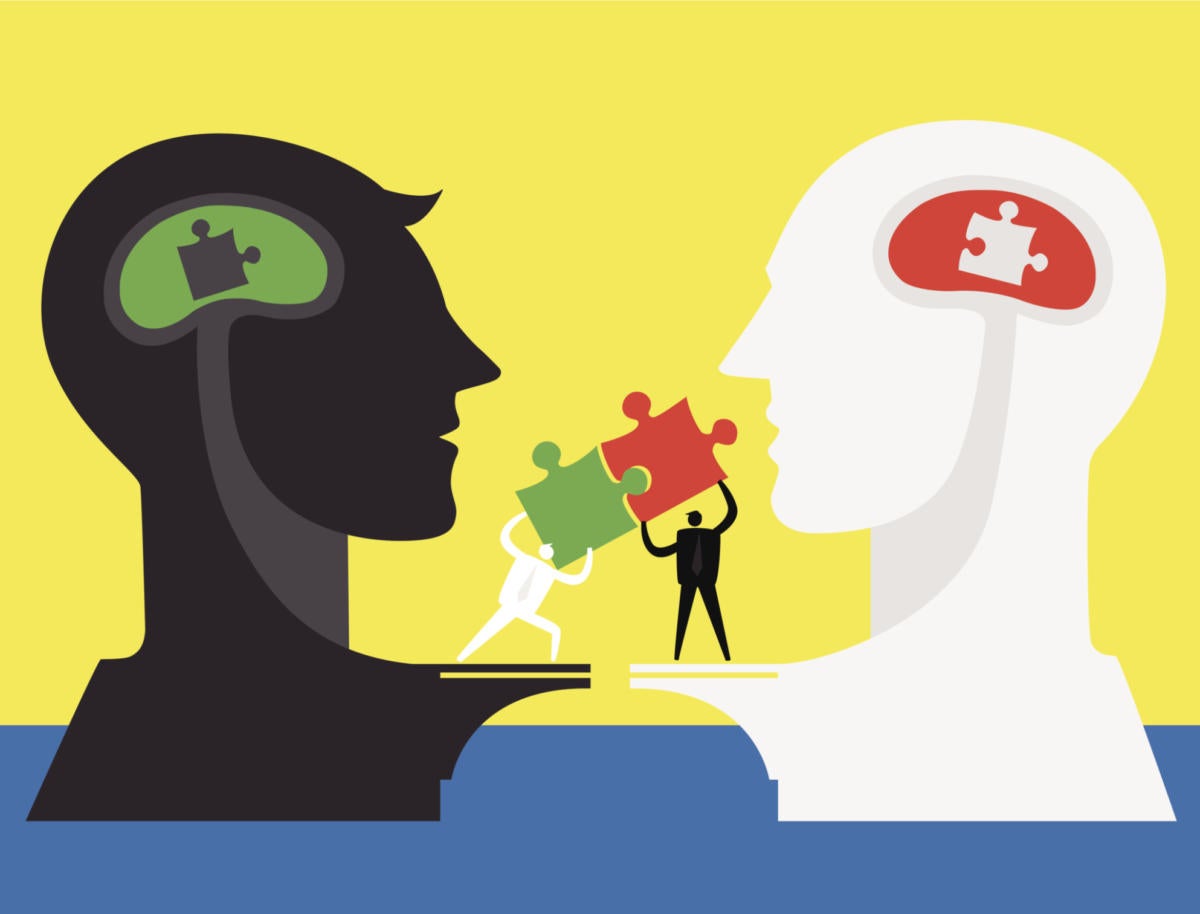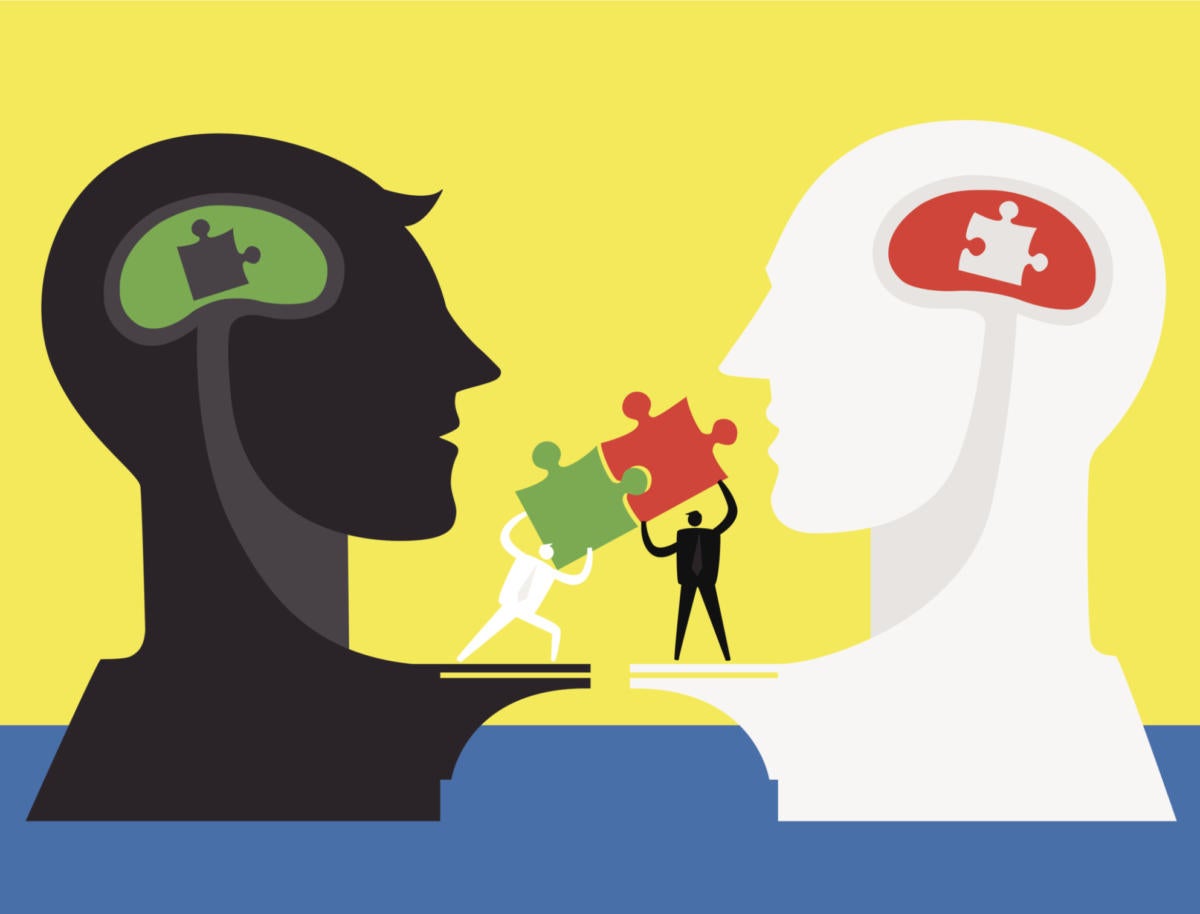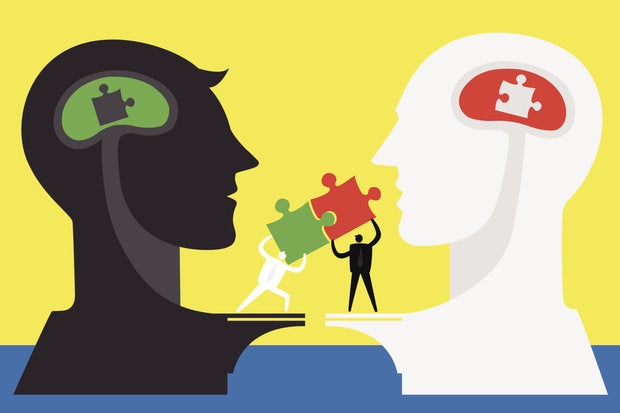
I chatted this week with Jennifer Edwards and Katie McCleary, the authors of a new book called Bridge the Gap that echoes much of what I’ve learned about negotiation and dealing with difficult people. It’s timely, too. The COVID-19 pandemic has had a big affect on videoconferencing products, turning them into critical solutions for remote collaboration and communication. But much of the improvement has focused on communication, record keeping, and, in some cases, productivity management. Little has yet been done to improve the collaboration process, which has arguably suffered during the new, work-from-home normal.
We all know people with different views who may be going through personal challenges that make them difficult to deal with. Racial or cultural differences can also make effective collaboration and cooperation harder. Understanding how to bridge those gaps isn’t exactly common knowledge, and that lack of people skills, coupled with our new remote way of working, has resulted in a lot of dysfunctional teams and projects; too often now, the few carry the workload of many.
In their book, Bridge the Gap, Edwards and McCleary provide several ways people can improve collaborative performance, bolster how they’re perceived by peers and management, and reduce overall stress.
Let’s talk about some of these tools and how they might be built into future collaborative products.
CAPE — Calm, Assess, Plan, Execute
We often work with people who, for whatever reason, are difficult. We get angry, saying things we either immediately regret or will regret later, and let emotions stymie progress. One concept I learned when facing any problem that creates risk is “CAPE.” It stands for Calm, Assess, Plan, Execute. Once you recognize a risk, you calm yourself, think about the problem, create a plan to address it, and then execute on the plan.
While the authors didn’t use that acronym, the concept is embedded in their work; they’ve added what they know about how the brain works to help you understand there’s a problem — and that you need to step back, take a breath, and methodically come up with a plan to address it. The plan may be to simply walk away or get off a call. But the key is to do this in a measured way, not as retaliation, and not in anger.
What if an evolved collaboration tool could alert you that you’re beginning to show stress and anger and recommend a way to defuse the situation and move forward? This could be something as simple as what language you use. For instance, the authors suggest you don’t ask someone “why” they did or said something because that’s likely to escalate into conflict. Instead, ask them to tell you about the issue in their own words — and then listen to the answer.
That tactic is both about listening to yourself and engaging in a way that helps others hear you. A future collaboration platform could take you through automated exercises on a regular basis, or before a meeting, to remind you of the best way to avoid unnecessary conflict.
Hold their attention, don’t hold them hostage
Holding an audience’s attention during a keynote or presentation can be very difficult. Years ago, when I worked at Dataquest, the company did a study that concluded if you don’t engage people within the first 15 minutes, you’d lose your audience and never get them back. The authors believe, and I agree, that that time is likely far closer to 5 minutes now because of the increase in distractions. Their suggestion: start engaging randomly with people in the audience.
I learned something similar from Michael Dell a few years ago when he was talking to a bunch of us analysts. Rather than the typical “I know more than you do” chat common with CEOs, he started asking us what we thought about several issues. (Fortunately, I had an answer.) Everyone paid close attention to him after that. IBM’s Thomas Watson Jr. was known for doing something similar. The lesson: if you just present and don’t engage, you’ll lose your audience.
A future presentation tool might notice you’re talking too long and could prompt you to do something to get the audience’s attention back. You have to give the talk anyway, so why not make it memorable? Edwards and McCleary advocate a style similar to what Tony Robbins does, but with a similar focus on engagement. A collaboration tool’s AI could help train and guide you to develop a more effective speaking style. I’m thinking an AI speaking coach would be incredibly beneficial to all of us who aren’t Tony Robbins.
Negotiation and conflict resolution
Our business interactions tend to fall into two major efforts: negotiation and conflict resolution. I’ve attended recurring bi-monthly meetings where all we did was dodge responsibility; nothing ever got done. Understanding you are in a conflict and having the tools to mitigate it are critical to the success of any project, and negotiations are a major part of any effort involving more than one person.
To effectively negotiate, you need to make sure you’re speaking to the other person from a similar perspective. You also must make sure you aren’t talking down to someone (people resent that) and can use common ground to craft an acceptable solution. I’ve often heard it said that if both parties in a negotiation are unhappy, then both have done a good job. I absolutely disagree. The better goal is for both sides to leave the table happy because there’s less likelihood the agreement will fall apart.
Understanding how the brain works, as laid out in “Bridge The Gap,” helps tremendously in any negotiation. The book talks about how you can be aware of your own personal issues and how to mitigate them, and much of what’s discussed could be built into training or operational modules in a collaborative platform — teaching users about the problems that can make discussions go sideways.
Lessons for the future
What “Bridge the Gap” teaches could be built into future collaboration products or used by employees to be more effective and productive. Whether interacting with coworkers, the boss, your spouse, your kids or a police officer, the skills and knowledge highlighted in the book will make you far more effective. And building in the ability to guide users toward more productive collaboration could be a powerful tool in the years ahead.
In short, collaboration tools to become truly collaborative, we must grow up and make people better collaborators. “Bridge the Gap,” while focused on individuals, shows how you might improve existing videoconferencing tools and make them far more powerful for communication, collaboration, and negotiation — and make the people who use them far more successful.



